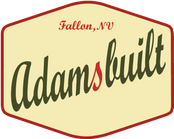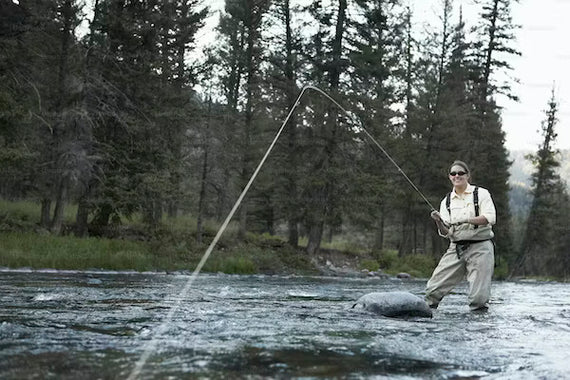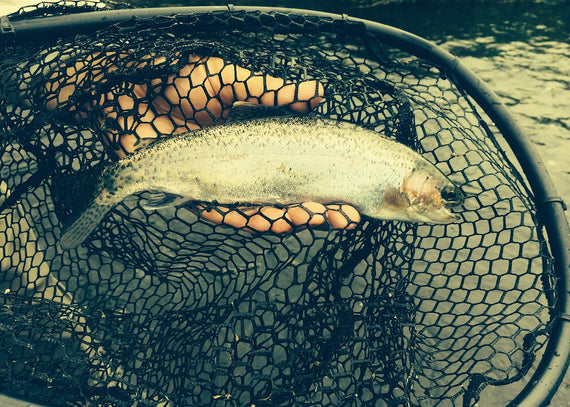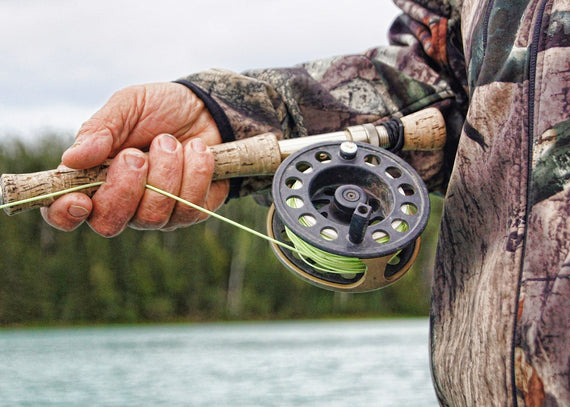The Blue River is a tributary of the Colorado River that flows north through Summit County to its confluence with the Colorado near the Town of Kremmling. The 65-mile river travels through Lake Dillon and Green Mountain Reservoir, dividing the river into three individual sections.
The middle section is by far the most accessible and productive stretch of the Blue, consisting of about 20 river miles between the Dillon Dam and Green Mountain Reservoir.
Dillon Dam controls the flow of the Blue on the middle stretch, dumping into the town of Silverthorne, where it flows among shops and restaurants, under I-70 and along many convenient parking areas. The river is well known for the possibility of trophy-sized trout, though it’s primarily catch-and-release only.
The Blue is just as well known for its frustrations as it is for its successes. The easy access and great location bring high pressure from anglers, and the fish have become particularly seasoned toward common fishing tactics.

Attention to detail is a priority when you visit the Blue, especially in Silverthorne. It’s important to keep an eye on your shadow, your line mends, and your fly size and color. Don’t take your eye off the indicator either—as you will be sure to miss the split-second takes. The dry-fly bite picks up a few weeks per year but most fish will be caught on a sub-surface pattern, typically very small nymphs requiring a perfect, natural drift. The reservoir above has billions of small, freshwater mysis shrimp that are constantly sucked through the dam and tumble down the first few miles of river. Not only are these little crustaceans a major protein fix for the savvy trout but the mysis occur year round, unlike most other food sources. Their frequency increases with the release of water through the dam, so high water means feeding fish.

As an alternative to the technical nymph fishing that most anglers attempt, it can’t hurt to stir the pot by casting a big streamer from time to time, which can be surprisingly productive. Another fun way to approach the Blue is to visit it at night with a headlamp, pulling a dry fly across the current. As the river continues down valley, there are a few excellent Highway 9 pull-offs that give access to public lands that get much less pressure than the first couple miles through town.
Further down, the river slows and widens at the mouth of Green Mountain Reservoir. Kokanee Salmon use this water to prepare for their spawn in the fall, which draws crowds of fisherman seeking the bright-red, hook-jawed fish.
The middle stretch of the Blue River begins about 70 miles west of Denver and most front range fly-fishermen are tempted at one point or another to try their hand at the pesky monsters within. Though it may require more advanced techniques, it can be a hugely rewarding fishery with year-round action. The off-days are common on the Blue but when the stars align, you may find one of Colorado’s finest trout on the other end of your rig.
Written by Graham Silver for RootsRated and legally licensed through the Matcha publisher network. Please direct all licensing questions to legal@getmatcha.com.



 loading="lazy"
loading="lazy"
 loading="lazy"
loading="lazy"
 loading="lazy"
loading="lazy"